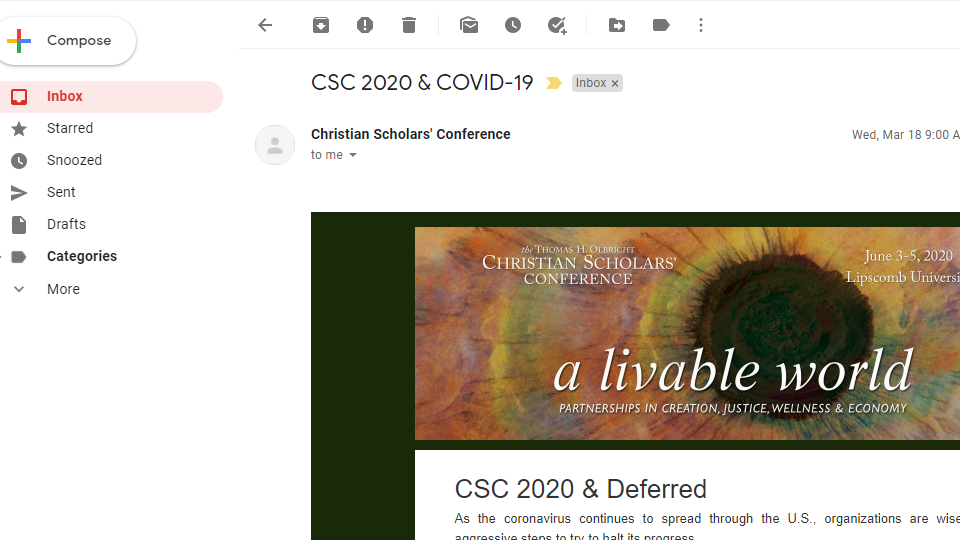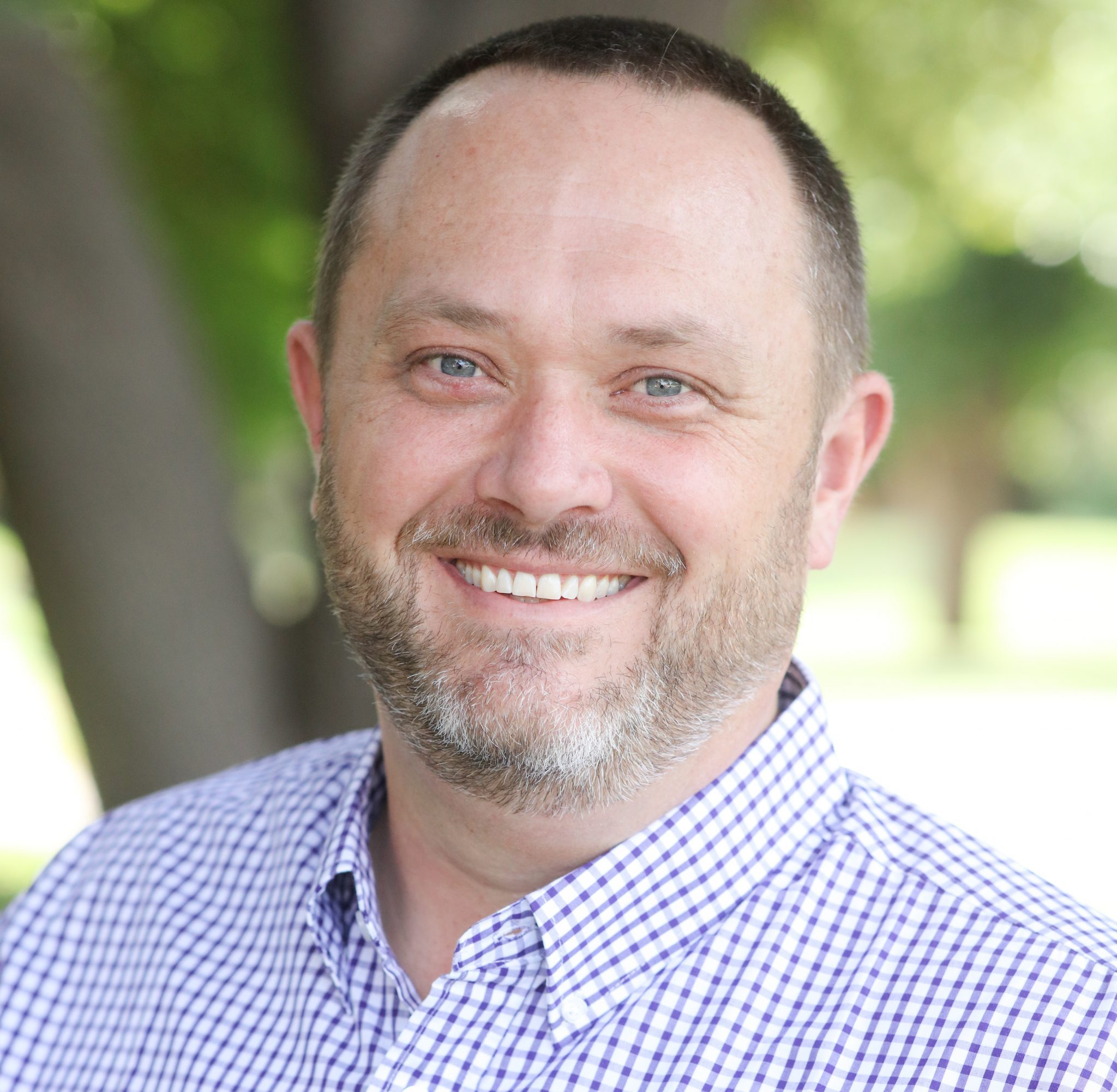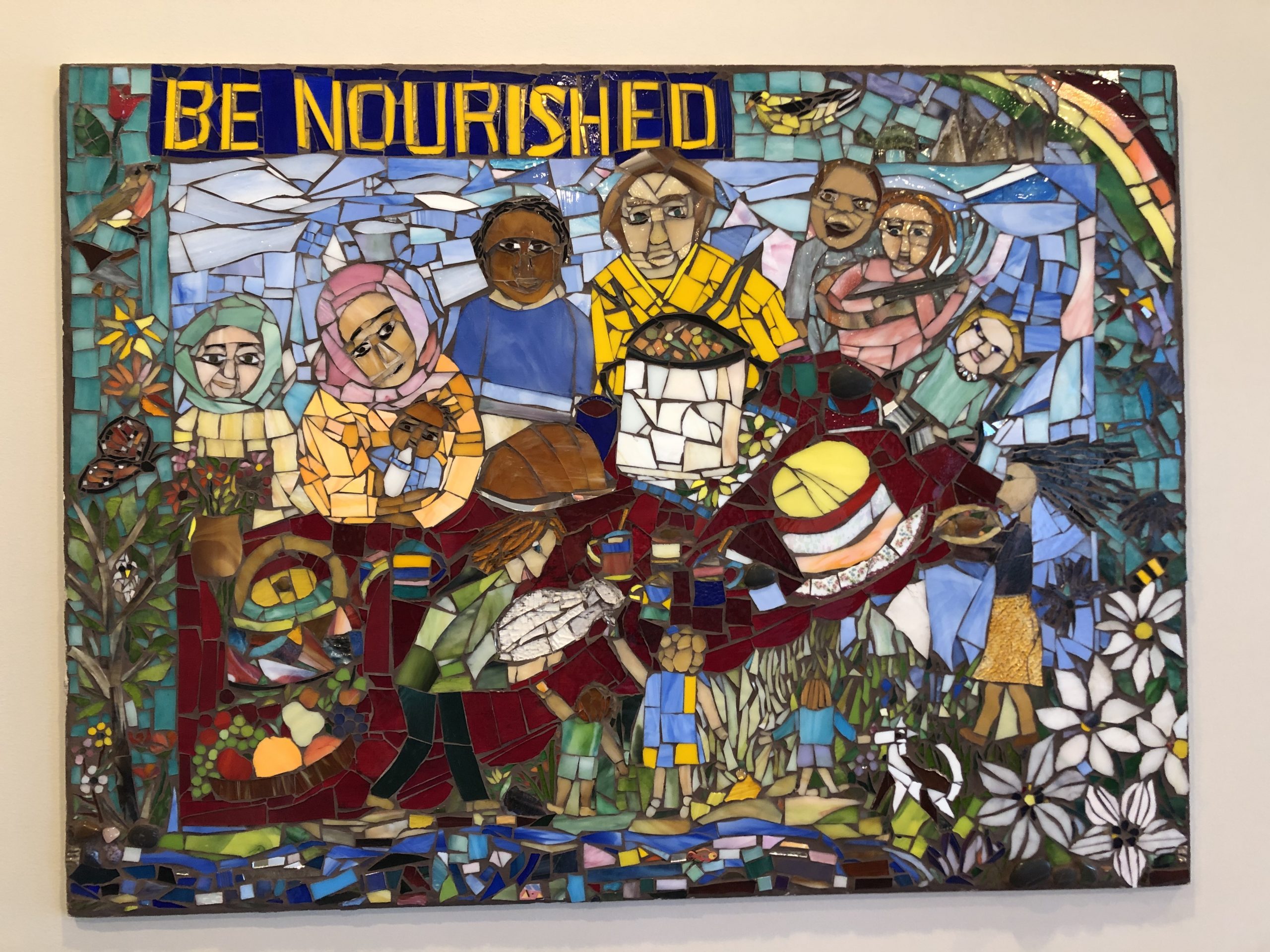
A Brief Introduction to Trauma-Informed Pedagogy
Volume 1 | June 6, 2022
Theme: Pedagogy
Discipline: Psychology, Theology
In a recent article, Graduate Theological Union professor Jennifer Davidson described an experience that many who have been teaching over the past two years will readily recognize:
I felt exhausted, disconnected, numb, and hopeless. I remember the difficulty of slogging into the classroom to teach . . . even though the classroom is one the most life-giving and life-affirming places I can be. I could hardly muster the energy I needed to show up and be present. As class began, I looked around the room and saw the haggard expressions of many of my students’ faces. It was as if many of us had climbed over the mountains to get there. 1
Since the onset of the COVID-19 pandemic—and the disruption it caused to classrooms and the lives of students—many faculty have faced rooms full of drained, distracted, and panicked students (whether those rooms were virtual or physical). They have needed to address higher numbers of absences and missing assignments. Student anxiety about deadlines and class workload might have bubbled over in tears or angry emails.
All the while, faculty felt that same distraction and disorientation in themselves. They might have asked for the first time in their careers, “Do I have to go to class today?” Conferences were canceled and they grieved lost opportunities to connect with colleagues. The stack of ungraded assignments continued to swell, and they just could not find the motivation to tackle it. Research projects were shoved to the backburner in the immediate urgency of redesigning classes for online settings, but they have stayed there even as the urgency of the moment faded.
In short, together with students, they have experienced a crash course in trauma and its impact on learning. Of course, trauma has been present in classrooms all along, but recently it has made itself visible and unavoidable. Faculty have been forced to consider—if they had not done so already—the necessity of trauma-informed teaching practices to effectively support students.
Trauma-Informed Care (TIC) has been a growing movement in physical and mental health fields for at least the last fifteen years. It has also significantly influenced teacher training for primary and secondary schools. Institutions of higher education, however, have been slower to recognize the insights of this movement and to adopt the guidelines of TIC in their student support programs. And even if student life offices have started to think holistically about the effects of trauma on students, classroom practices have lagged further behind.2 The essays included in this volume of Paradoxum emerged from a session at the 2021 Christian Scholars’ Conference that was intended to address this significant oversight by starting conversations among faculty and administrators about trauma-informed pedagogy. In particular, session presenters hoped to equip the staff in Centers for Teaching and Learning with specific tools that they could implement on their own campuses.
Since none of the presenters were asked to outline the foundational tenets of trauma-informed pedagogy, the following paragraphs will offer a short introduction to key terms and concepts. The Substance Abuse and Mental Health Services Administration (SAMHSA) defines trauma as resulting from “an event, series of events, or set of circumstances that is experienced by an individual as physically or emotionally harmful or life threatening and that has lasting adverse effects on the individual’s functioning and mental, physical, social, emotional, or spiritual well-being” (emphasis added).3 This definition helpfully distinguishes between the event itself and the trauma that results. As one educator explains, “trauma is not the event but the wound resulting from the event.”4 It also allows that the trauma may result from one overwhelming event (acute trauma) or from “extended exposure to traumatizing situations” (complex trauma).5 This recognition creates space to understand how the ongoing stress and disruption of the COVID-19 pandemic could traumatize students (and their faculty) even if they have not experienced the acute trauma of a serious personal illness or the death of a loved one.
The SAMHSA definition also outlines the wide variety of responses to trauma. The emotional, mental, and spiritual effects of trauma are not surprising, even if one feels ill-equipped to address them. However, bodies’ physical responses to trauma might be surprising. When someone feels threatened in some way, their nervous system floods their brain with hormones to stimulate the hyper-attention necessary to address the threat. For example, cortisol dampens the work of the hippocampus, a part of the brain essential to learning and memory, while adrenaline amplifies the amygdala, the part of the brain responsible for fear and panic. The long-term duration of complex trauma can even re-tune the brain, freezing the body in a state of emergency.6
The mental, emotional, and physical effects of trauma may manifest themselves in the classroom in several ways. In response to neurobiological changes, for example, students may have difficulty focusing their attention on their schoolwork, or they may struggle to retain and recollect new information. Faculty might notice increased anxiety about course workload, assignment deadlines, and exams. Unexpected anger might derail class discussions. An increased fear of vulnerability might make it harder for students to take risks, and a growing sense of helplessness might lead to increased absences. They might find themselves in classrooms full of folks (including themselves!) who are feeling “exhausted, disconnected, numb, and hopeless,” as if they had “climbed over the mountains to get there.”7
If faculty find themselves in these situations, how can they respond? How can they offer “trauma-informed” pedagogy? Faculty are not trained to offer the trauma-specific interventions appropriate for licensed counselors. In some cases, faculty will support students by recognizing the signs of acute trauma and connecting them with their institution’s counseling services. In recent years, thankfully, the use of these kinds of services has become increasingly destigmatized among students. In most cases, however, faculty will be tasked with fostering trauma-informed environments in their classrooms. The SAMHSA defines a setting as trauma-informed “if the people there realize how widespread trauma is, recognize signs and symptoms, respond by integrating knowledge into practice, and resist doing further harm” (emphasis added).8 The last two years have made faculty more familiar with the signs and symptoms of trauma; they have forced them to recognize its widespread presence in their classrooms. So, what might responses look like?
The literature on trauma-informed care consistently outlines five core pillars that provide a structure for applying TIC to the college classroom: safety, trustworthiness, choice, collaboration, and empowerment.9 With these pillars in mind, faculty can assess their classroom environment with the following kinds of questions:
- Do my students feel safe—physically and psychologically—in my classroom? Learning involves risk-taking (and, therefore, is an “unsafe” activity), and students will resist the vulnerability this requires if they do not otherwise feel safe. For those experiencing trauma, such vulnerability might feel especially dangerous. Graciously providing all disability accommodations for students can be one small way to increase a sense of safety, but we should also not underestimate the impact of providing clean, well-lit, intentionally organized classroom spaces.
- Have I cultivated a culture of trust in the classroom? Creating a safe environment will begin to build trust, obviously, but we should expect that students who have experienced trauma might initially distrust professors. We can show our students respect and further engender their trust through intentional clarity and transparency about course policies, assignments, expectations, and course objectives.10
- How much space have I created for student choice? By trusting students with choices, we not only cultive reciprocal trust; we also restore a sense of agency and control that trauma might have eroded. By allowing students to select the medium for communicating what they have learned, for example, “free range” assignments offer a creative way to increase student choice and agency.11
- In what ways do I invite students to collaborate with me in designing the course? By inviting students to contribute in this way, we affirm their value and combat the helplessness that can result from trauma. For example, asking for formative feedback in the middle of the semester—rather than exclusively summative feedback at the end of the semester—opens a way for students to shape the classroom experience.12
- How am I empowering students to discover, develop, and use their own gifts? This final pillar affirms the interdependence of all of the pillars. Rather than being isolated, free-standing principles, the five pillars support each other. Increasing student choice and collaboration, also empowers student agency and helps them develop their own capacities. Likewise, students will not take the risks necessary to develop their gifts if they do not trust their professor. To empower our students, we might consider ways that we can extend our class into the local community. If student assignments live outside of a hermetically sealed classroom environment—so that they not only contribute to students’ personal learning but also impact the concrete community in which they live—then, through our assignment design, we are trusting and encouraging students’ abilities to constructively shape the world around them.
Crisis stacks an emotional and cognitive load on students that hinders their performance in the classroom and affects their general well-being. Attentive professors need to recognize student trauma in their classrooms and develop creative teaching strategies to shepherd hurting students from crisis to flourishing. At the same time, faculty must remain attentive to their own levels of trauma, practicing intentional self-care so that they have the resources necessary to care for students. Everyone has “climbed over the mountain” to get to class; by recognizing trauma and addressing it with thoughtful intentionality, classrooms can be spaces that nurture mutual healing.
Trauma-informed pedagogy not only serves students who are experiencing trauma; it improves the learning environment for all students. Trauma-informed pedagogy is just good teaching. By attending to trauma in the classroom, therefore, faculty continue to pursue their vocation as Christian scholars and purposeful professors.
- Jennfer W. Davidson, “Beyond Trigger Warnings: Toward a Trauma-Informed Androgeny for the Graduate Theological Classroom,” Review and Expositor 117, no. 2 (2020): 243.
- For a succinct review of the development of trauma-informed care as a “new paradigm in public services” and the slow adoption of this paradigm in higher education, see Darryl W. Stephens, “Trauma-Informed Pedagogy for the Religion and Theological Higher Education Classroom,” Religions 11, no. 9 (2020): 449, https://doi.org/10.3390/rel11090449.
- Substance and Abuse and Mental Health Services Administration, “Trauma and Violence,” August 2, 2019, http://samhsa.gov/trauma-violence.
- Stephens, “Trauma-Informed Pedagogy.”
- Howard Bath, “The Three Pillars of Trauma-Informed Care,” Reclaiming Children and Youth 17, no. 3 (2008): 17.
- My understanding of the neurobiological effects of trauma depends on the summaries provided by other educators who have surveyed the scientific literature. See Davidson, “Beyond Trigger Warnings,” 246–47, Bath, “The Three Pillars,” 18, and Mays Imad, “Trauma Informed Teaching and Learning (for teachers),” YouTube, April 13, 2020, https://youtu.be/XqcTbipuFDQ.
- Davidson, “Beyond Trigger Warnings,” 243.
- Substance and Abuse and Mental Health Services Administration, Spotlight: A Series on Building Resilient and Trauma-Informed Communities, Health and Human Services, 2017, https://store.samhsa.gov/sites/default/files/d7/priv/sma17-5014.pdf.
- Both Stephens, “Trauma-Informed Pedagogy,” and Davidson, “Beyond Trigger Warnings,” identify this list of five core values and apply it to higher education. For the source of their lists, see Roger D. Fallot and Maxine Harris, “Creating Cultures of Trauma-Informed Care (CCTIC): A Self-Assessment and Planning Protocol,” April 2009, https://www.theannainstitute.org/CCTICSELFASSPP.pdf.
- For more information on transparent teaching, see the resources provided by the Transparency in Learning and Teaching project (TILT): http://tilthighered.com.
- See Berlin Fang, Jennifer Shewmaker, and Scott Self, “Designing Free-range Assignments,” Workshop Proceedings of the 11th International Conference on Intelligent Environments (2015): 120–29, doi:10.3233/978-1-61499-530-2-120.
- See Jarene Fluckiger, et al., “Formative Feedback: Involving Students as Partners in Assessment to Enhance Learning,” College Teaching 58, no. 4 (2010): 136–40.




